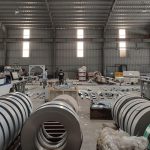When it comes to building structures that demand exceptional strength and durability, G550 high-strength steel stands out as a top-tier material. With a tensile strength exceeding 550 MPa —nearly double that of conventional steel—this advanced alloy ensures reliability in high-load applications. Its superior corrosion resistance further enhances longevity, making it a smart investment for long-term projects.
MENU
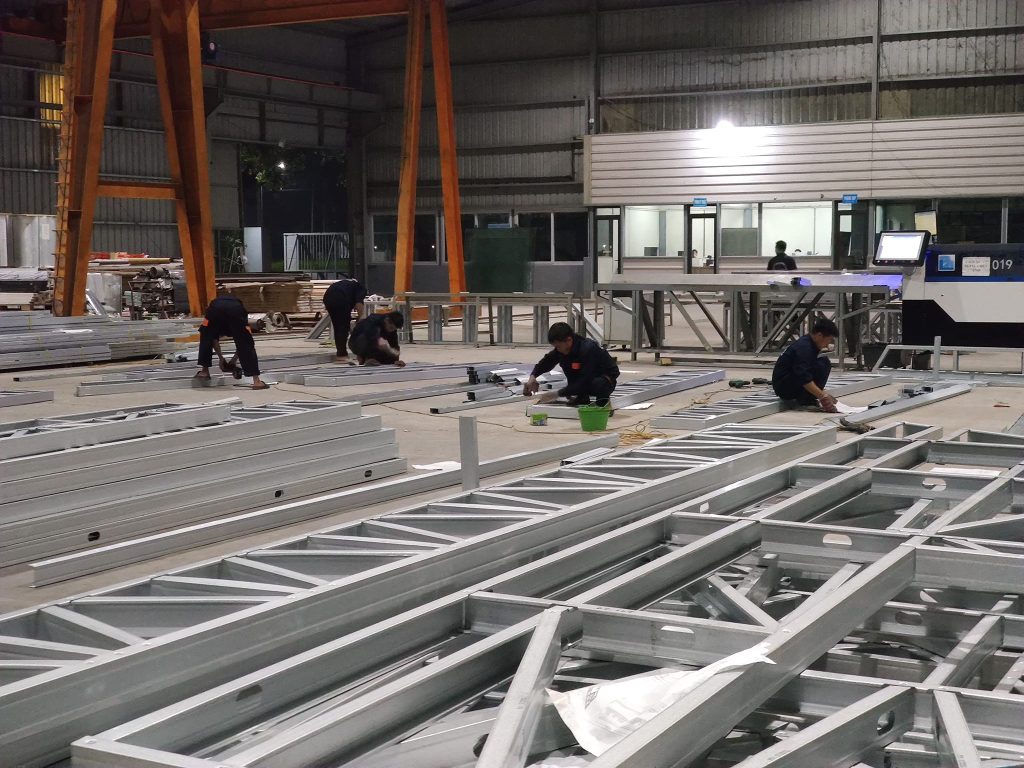
Optimal Chemical Composition for Maximum Performance
G550 steel boasts a meticulously engineered chemical composition, ensuring both strength and flexibility:
– Iron (98.5%) – The primary component, providing structural integrity.
– Carbon (0.3%) – Enhances hardness without compromising ductility.
– Manganese (0.8%) – Improves toughness and wear resistance.
– Silicon (0.5%) – Strengthens the alloy while maintaining workability.
– Phosphorus & Sulfur (≤0.04% & ≤0.06%) – Kept at minimal levels to prevent brittleness.
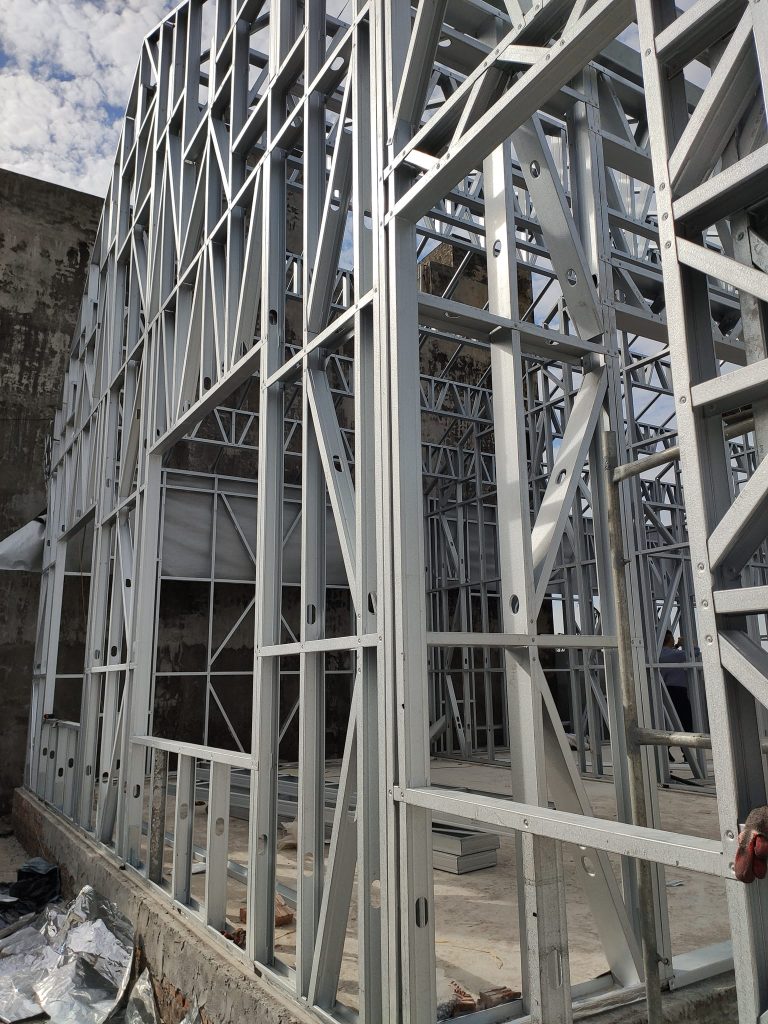
This precise balance ensures high load-bearing capacity while retaining the flexibility needed for fabrication.
Versatile Applications Across Industries
From residential buildings to large-scale industrial projects , G550 steel delivers unmatched performance:
– Construction: Ideal for pre-engineered buildings, bridges, and high-rise steel frames .
– Mechanical Engineering: Perfect for heavy machinery, industrial equipment, and construction tools .
– Transportation: Used in truck chassis, trailers, and shipping containers due to its lightweight yet durable nature.

Why High-Strength Steel G550 Outperforms Traditional Materials
1. Exceptional Strength-to-Weight Ratio – Lighter than conventional steel yet 50% stronger , reducing structural weight without sacrificing stability.
2. Superior Corrosion Resistance – Withstands harsh environments, extending the lifespan of structures.
3. Ease of Fabrication – Can be cut, welded, and shaped efficiently, reducing labor costs.
4. Cost-Effective – Minimizes long-term maintenance expenses due to its durability.
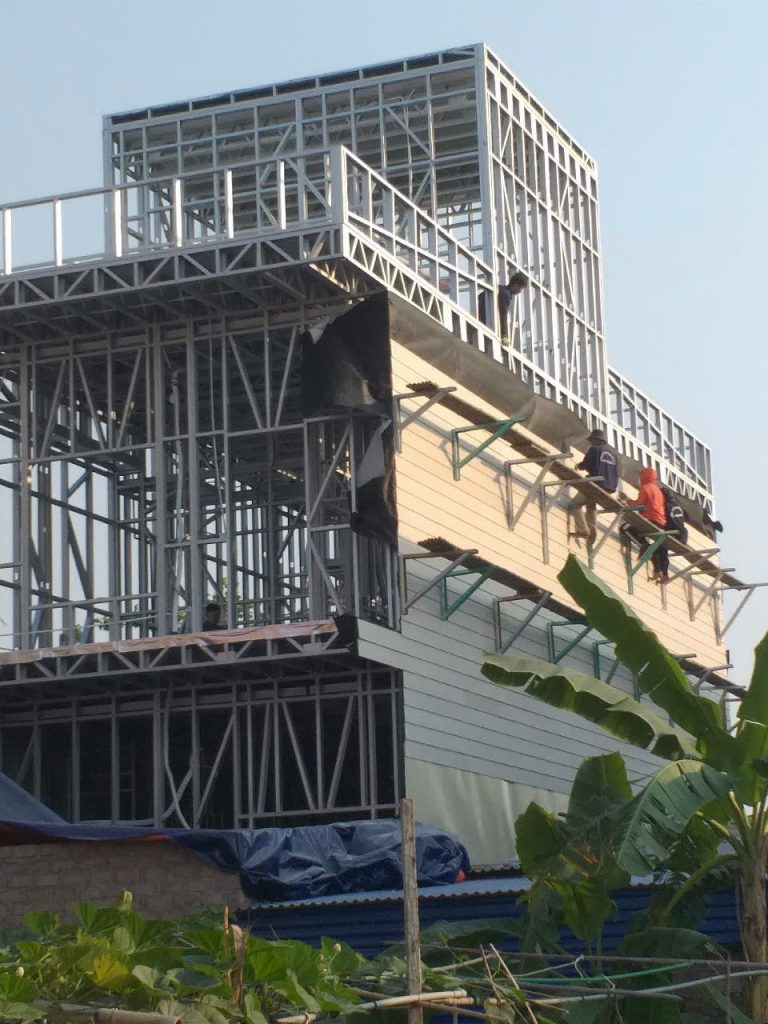
Compliance with International Standards
G550 steel is manufactured under ASTM A572 A572M , ensuring:
– Strict adherence to chemical and mechanical properties .
– Precise dimensional tolerances for consistency.
– Reliable performance in extreme conditions .
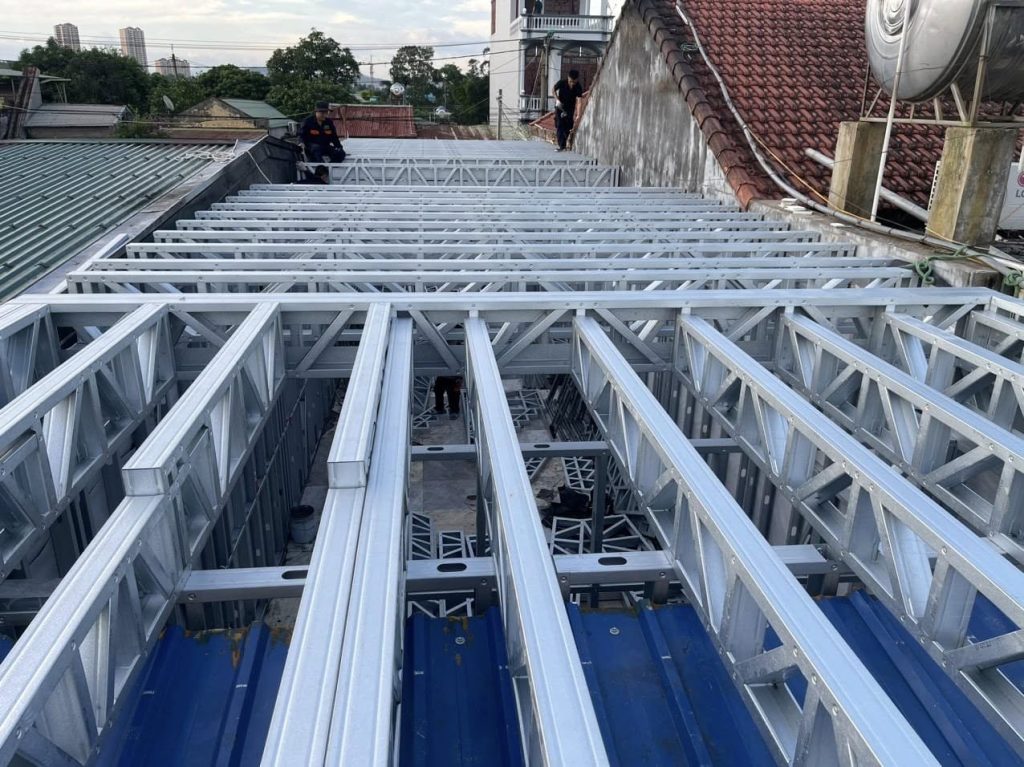
How to Choose and Maintain
Pricing Factors:
– Thickness, coil length, surface finish, and supplier reputation.
Buying Tips:
– Verify origin and quality certifications (ISO, ASTM).
– Request material test reports (MTRs) for validation.
Storage & Maintenance:
– Store in a dry, well-ventilated area .
– Avoid direct exposure to corrosive chemicals.
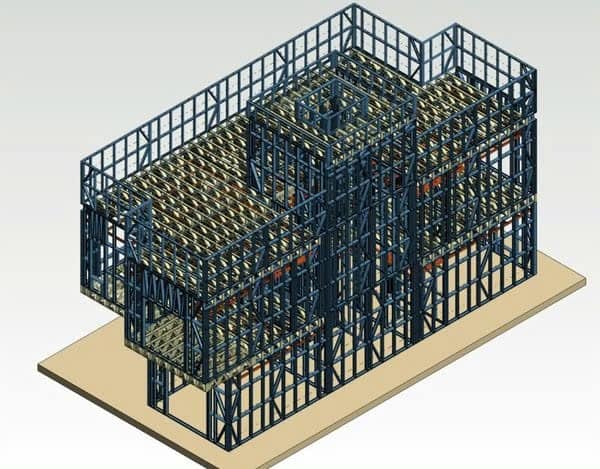
The Future in Construction
As the construction industry shifts toward lighter, more sustainable materials , G550 steel is leading the charge. Innovations like hot-dip galvanizing are further enhancing its resistance to extreme conditions, making it ideal for:
– Green buildings & smart infrastructure.
– Seismic-resistant structures.
– Offshore and marine applications.
Choosing a Reliable Supplier
To ensure quality, partner with suppliers that offer:
– ISO 9001 & ASTM A572 certifications.
– In-house production facilities.
– Technical support for project-specific needs.
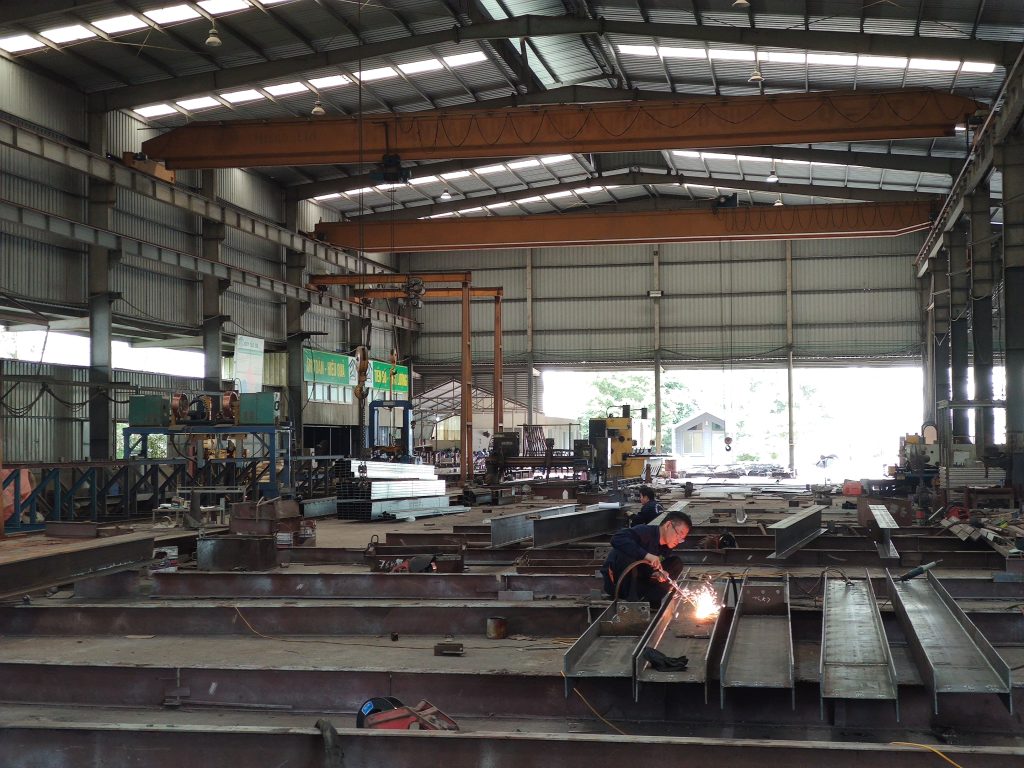
Final Thoughts
G550 high-strength steel is revolutionizing modern construction and engineering . Its unmatched durability, lightweight properties, and corrosion resistance make it the go-to material for builders and engineers worldwide. Whether for industrial plants, bridges, or machinery , G550 steel guarantees long-lasting performance and cost efficiency .
Looking Ahead: Advanced Applications
As technology evolves, G550 steel is being adapted for even more demanding uses:
1. Modular and Prefabricated Construction
With the rise of modular housing and rapid-build solutions , G550’s lightweight yet sturdy nature makes it perfect for prefabricated wall panels, roofing, and framing systems . Its ease of assembly reduces construction time by up to 40% , making it ideal for disaster relief housing and urban development projects .
2. Renewable Energy Infrastructure
Wind turbines, solar panel mounts, and hydroelectric plants require materials that can endure extreme weather and heavy loads . G550 steel’s high fatigue resistance ensures reliability in offshore wind farms and solar installations , contributing to sustainable energy solutions .
3. Automotive and Aerospace Innovations
The automotive industry is increasingly using high-strength steel to improve fuel efficiency without compromising safety . G550’s crash-resistant properties make it suitable for vehicle frames and roll cages . Meanwhile, in aerospace , research is exploring its use in lightweight aircraft components .
4. Smart Cities and Infrastructure
As cities embrace smart technology , G550 steel supports adaptive infrastructure , such as retractable roofs, movable bridges, and dynamic facades . Its flexibility and strength enable innovative architectural designs that were previously unfeasible.
Conclusion: Why G550 is the Material of Tomorrow
From skyscrapers to sustainable energy , G550 high-strength steel is proving indispensable. Its unrivaled durability, cost-efficiency, and adaptability ensure it will remain a cornerstone of modern engineering . For builders, architects, and engineers , adopting G550 means future-proofing projects while maximizing performance.
Ready to upgrade your next project with G550 steel? Partner with certified suppliers and experience the next generation of construction materials.





